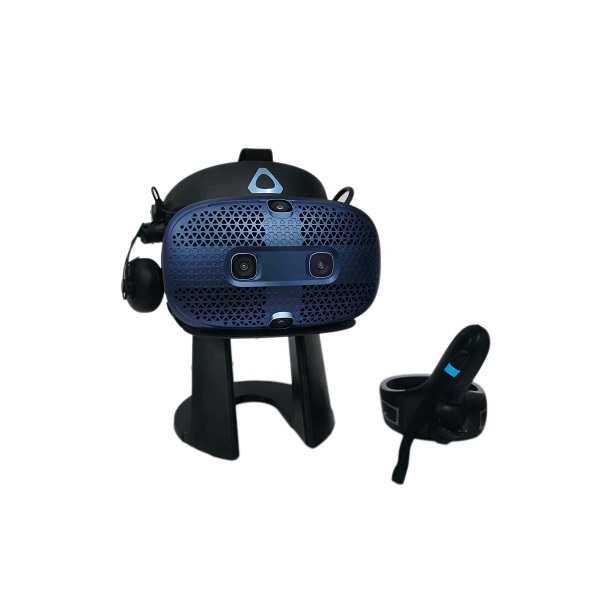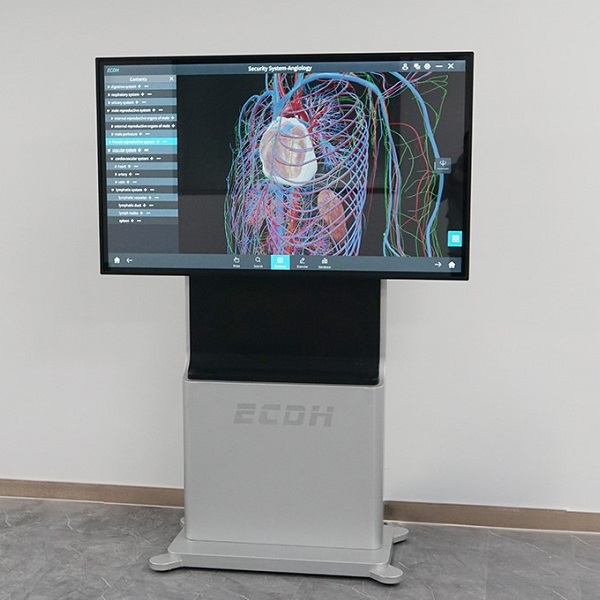In recent years, virtual reality technology has revolutionized various industries, and the field of medical education is no exception. One cutting-edge application of virtual reality in medical training is the development of a virtual reality medical training system for anatomy education.
The Advantages of Virtual Reality Medical Training System
This innovative system allows medical students to immerse themselves in a realistic 3D environment where they can explore and interact with anatomical structures. By wearing a VR headset and using motion controllers, students can virtually dissect human bodies, examine organs from different angles, and even simulate surgical procedures.
Find more about anatomy laboratory.
Compared to traditional methods such as textbooks or cadaver dissections, this virtual reality system offers several advantages. Firstly, it provides an immersive learning experience that enhances student engagement and retention. The ability to visualize complex anatomical structures in three dimensions helps students develop a deeper understanding of the human body.
Secondly, the system allows for interactive learning through hands-on experiences. Students can manipulate virtual tools to perform dissections or practice surgical techniques without any risk to real patients. This not only improves their technical skills but also boosts their confidence before entering clinical settings.
The Role of Anatomy Laboratory

Anatomy laboratories have long been essential components of medical education programs. However, these traditional labs often face limitations such as limited access to cadavers or time constraints due to large class sizes.
The integration of virtual reality into anatomy education addresses these challenges by providing unlimited access to digital models that accurately represent human anatomy. With this technology, students can study at their own pace and repeat difficult concepts until they fully grasp them.
In addition, the use of VR in anatomy laboratories promotes collaboration among students. Multiple users can simultaneously explore the same model or work together on a virtual dissection, fostering teamwork and communication skills that are crucial in the medical field.
The DIGIHUMAN Project
One notable example of a virtual reality medical training system is the DIGIHUMAN project. Developed by researchers at New Jersey Medical School, this state-of-the-art system offers an unparalleled level of realism and interactivity.
DIGIHUMAN utilizes advanced imaging techniques to create highly detailed 3D models of human anatomy. These models accurately replicate the appearance and texture of real tissues, providing an incredibly lifelike experience for students.
In addition to its visual fidelity, DIGIHUMAN incorporates haptic feedback technology, allowing users to feel realistic sensations when interacting with virtual organs or performing surgical procedures. This tactile feedback further enhances the learning experience and helps students develop their psychomotor skills.
Conclusion
The introduction of virtual reality medical training systems for anatomy education has revolutionized the way medical students learn about the human body. By offering immersive experiences, interactive learning opportunities, and unlimited access to anatomical models, these systems greatly enhance student engagement and knowledge retention.
Projects like DIGIHUMAN exemplify how cutting-edge technology can be leveraged to provide a more effective educational platform for future healthcare professionals. As virtual reality continues to advance, we can expect even more exciting developments in medical education that will shape the doctors of tomorrow.


